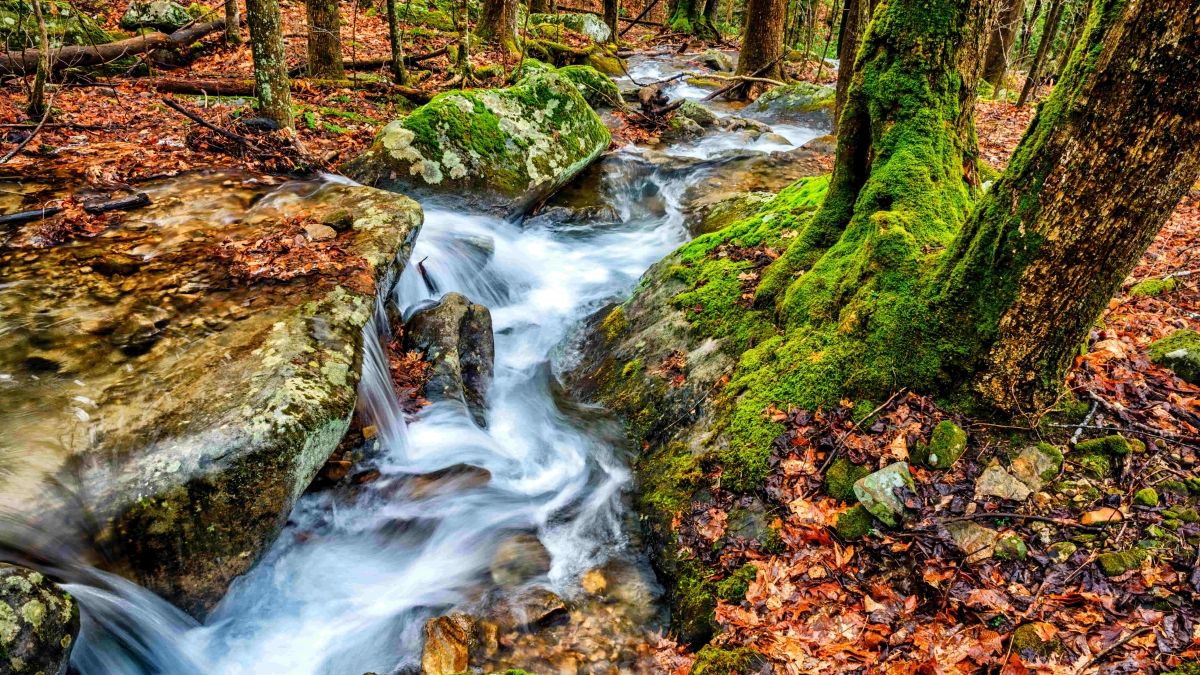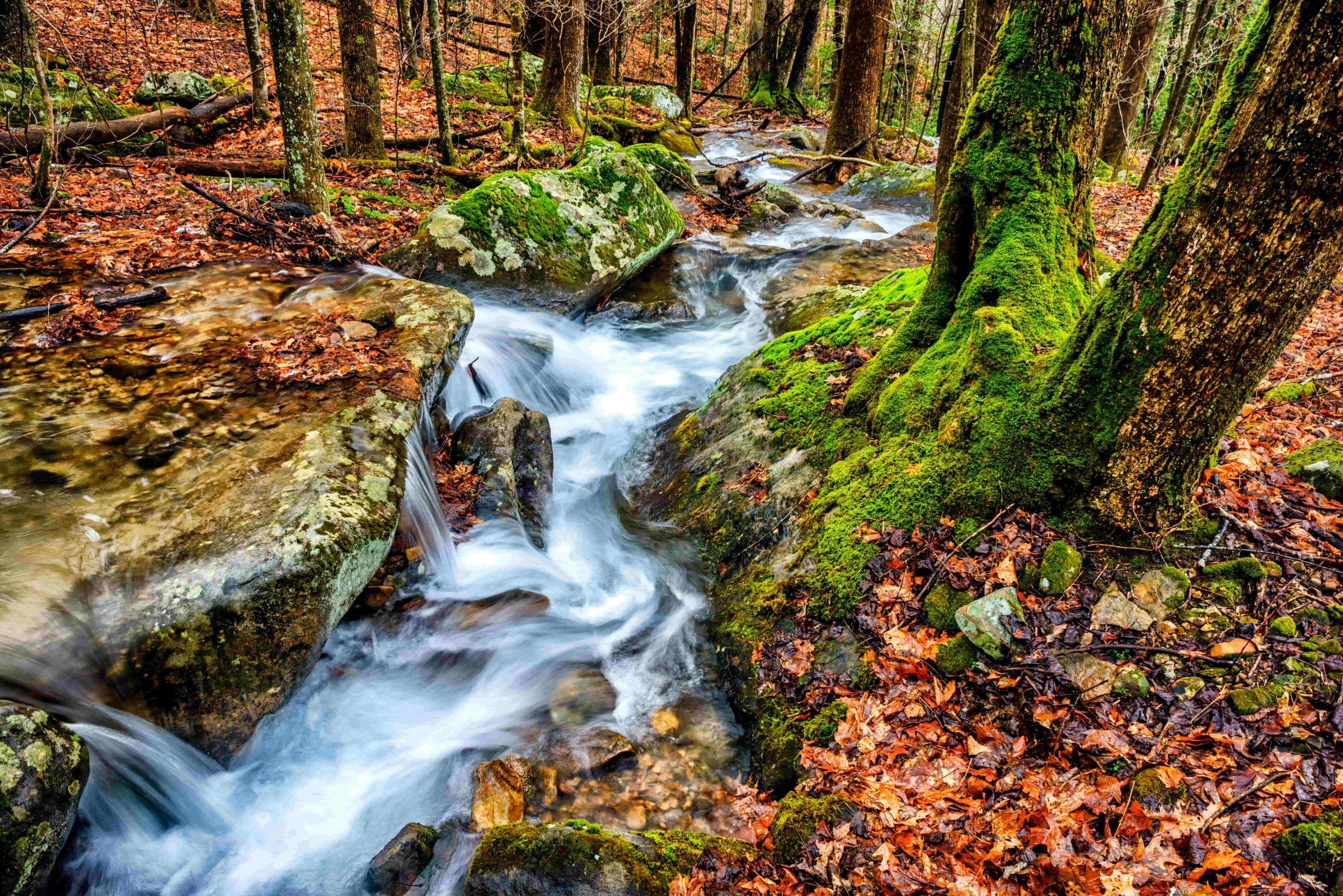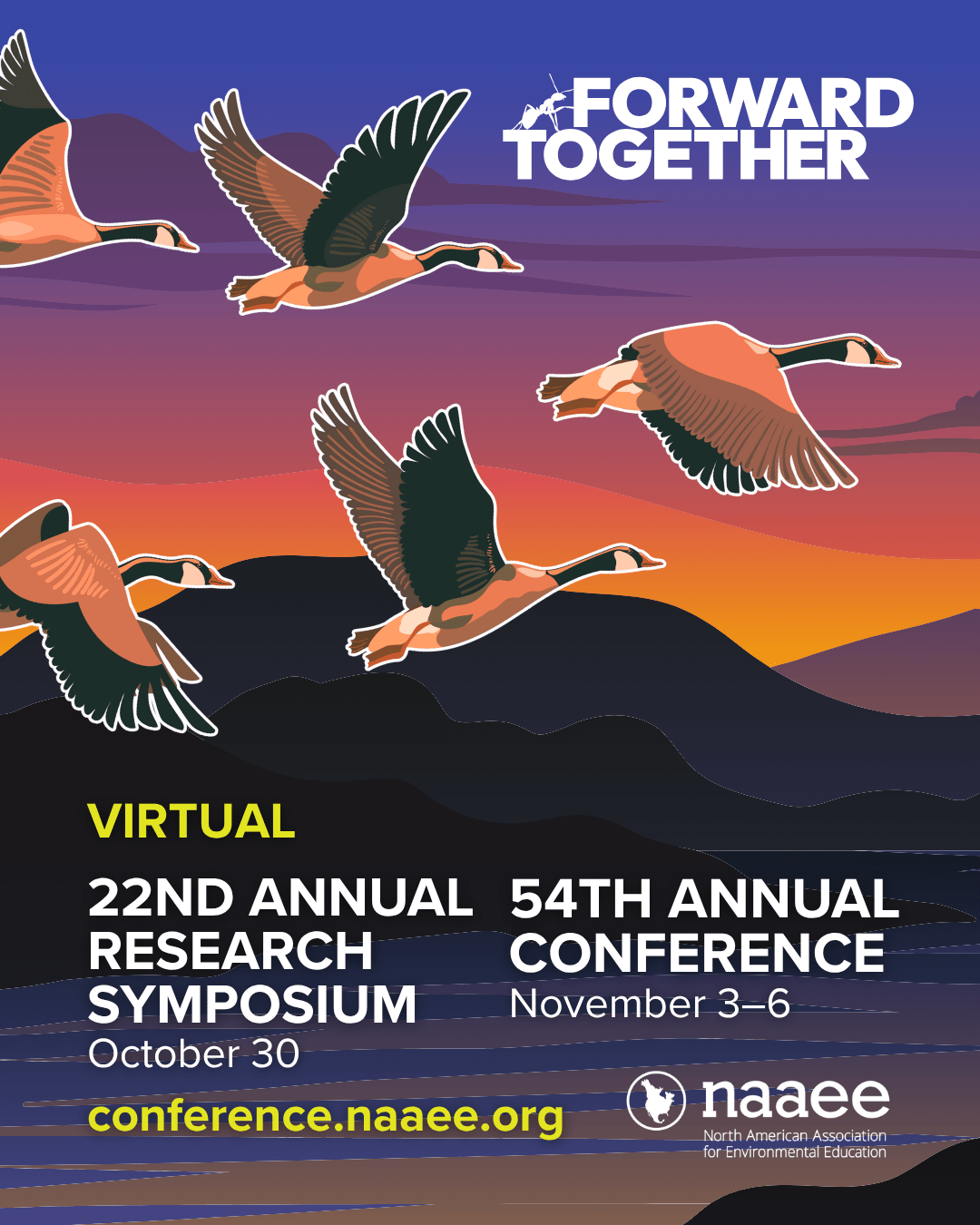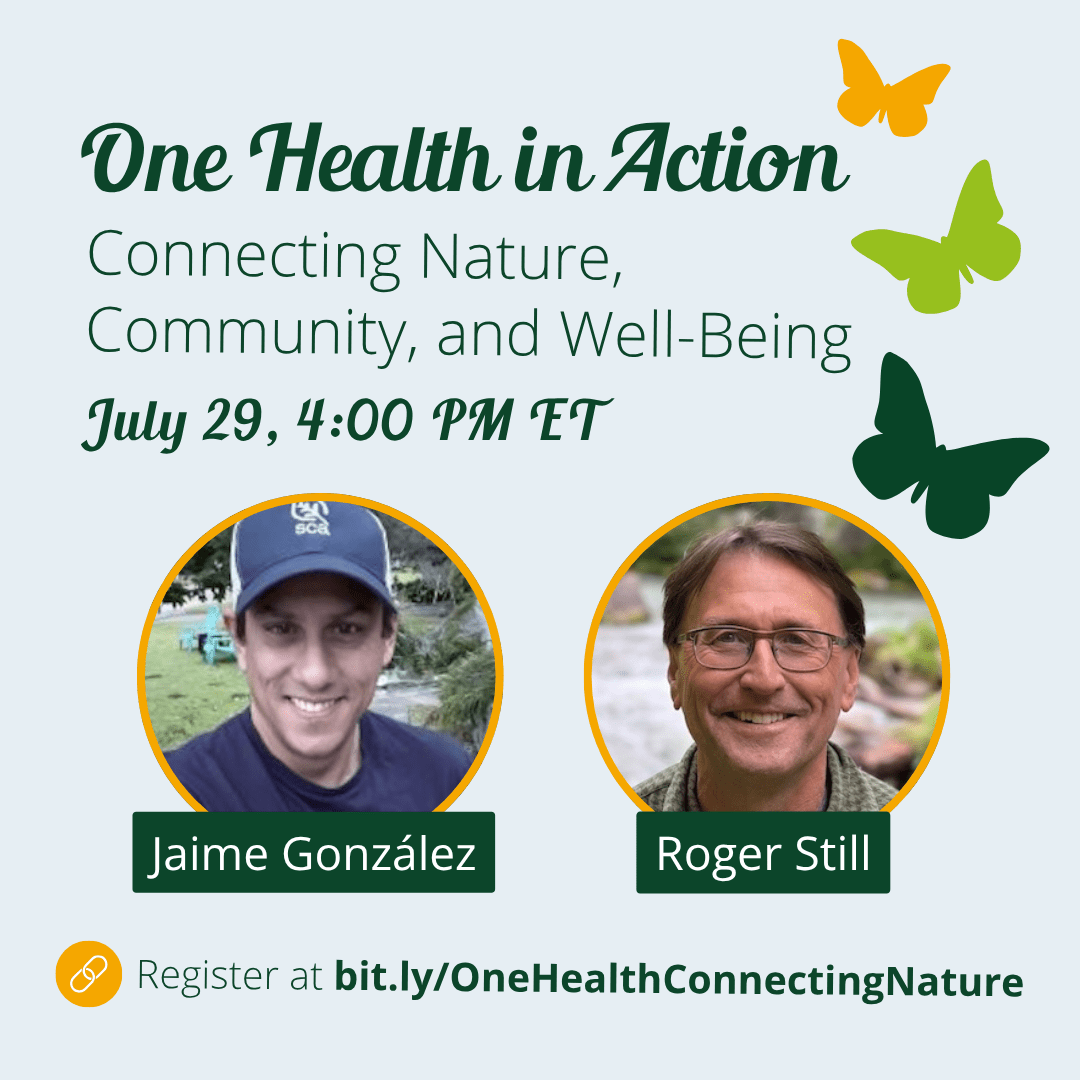Image

Date
Category
Like so many of you, I’ve been heartbroken by the images and stories of recent floods in Texas, East Africa, and beyond—along with the relentless heat waves gripping cities around the globe and the wildfires and droughts reshaping landscapes and lives. These events are not distant or isolated—they’re deeply personal, touching our communities, our work, and our shared future.

At times like this, I think back to the places that gave me comfort growing up. When things were hard at home, I’d go outside. For me, that meant a small patch of woods not far from where I lived—a place with a little stream, crawdads under rocks, and birds whose names I didn’t know yet.
It certainly wasn’t much, but it was my place. It offered a kind of respite that I couldn’t find anywhere else.
Of course, not everyone has easy access to spaces like this, and extreme weather is widening that gap. That’s part of what drives so many of us in this field—the belief that everyone, regardless of where they live or their life circumstances, deserves access to nature, to meaningful learning, to great careers, and to the sense of possibility that access can bring.
Environmental education has always been more than a response to crises. It’s a spark. A pathway to connection, to healing and learning, to meaningful action. And in these increasingly difficult times—when environmental disasters are growing more frequent, funding is shrinking, and progress is under threat—it reminds us that change is still possible. That people still care. That we are not alone.
Environmental education is, in many ways, the antidote to doomscrolling and despair. It helps us focus on what we can do. It shows us that we all have a critical role as global citizens in creating healthier, more just communities. That stories can uplift and bring joy. That partnerships can build power. That educators are heroes. And that inspiration is all around us—when we look to nature, to each other, and to the changemakers already making a difference.
We know that most progress doesn’t happen in isolation—it happens in community. That’s why our theme for this year’s NAAEE 54th Annual Conference and 22nd Annual Research Symposium is Forward Together. Because the only way we get through these challenges is by lifting each other up, reimagining what’s possible, and working in collaboration across sectors, geographies, and generations.
We hope you can join us this fall to learn, reflect, and recharge with others who share your commitment to education, equity, and the environment. Together, we’ll explore new approaches, share effective strategies, and amplify the incredible work happening in every corner of the planet.


We also invite you to join us on July 29 for our upcoming webinar, "One Health in Action: Connecting Nature, Community, and Well-Being." This session will explore One Health, a collaborative, multi-sectoral approach that recognizes the connections between human, animal, and environmental health.
Just remember that the work you’re doing is essential. Whether you're teaching in a nature-based preschool, leading programs at a zoo or museum, running a university course, or launching a community project—you’re part of a growing movement to create a more just, sustainable, and hopeful future. And we’re right here with you, working to elevate this field and make sure that our field continues to thrive.
So as you continue this important work, we hope you’ll also take time to care for yourselves and one another. Find the people and places that bring you strength. Keep telling the stories that lift us up. And keep collaborating—especially across boundaries, with new and different partners—because that’s where real change begins. Make space for what grounds you and keeps you inspired and astonished, even on the hard days.